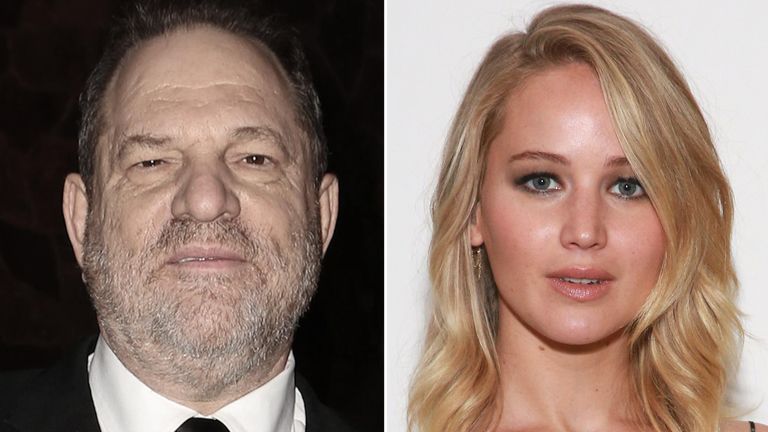In the early hours of Sunday, August 5, 1962, the world was shocked by the untimely death of Marilyn Monroe, the iconic film star known for her captivating performances and timeless beauty.
The discovery of her lifeless body in her home by her housekeeper, Eunice Murray, marked the tragic end to a glamorous era.
Dr. Ralph Greenson, Monroe’s psychiatrist, was summoned after Murray noticed the locked bedroom and a lingering light at an unusual hour.
Upon breaking into the room, Greenson found Monroe unconscious amidst empty pill bottles.
Dr. Hyman Engelberg, called to the scene, pronounced her dead, attributing her passing to a fatal overdose of barbiturates.
At just 36 years old, Monroe had amassed a staggering fortune through her successful film career, leaving behind a legacy that transcended generations.
Speculations regarding the circumstances surrounding Monroe’s demise quickly emerged, with conspiracy theories suggesting foul play behind the apparent suicide.
Central to these theories was a mysterious diary, referred to as the “little red book,” rumored to contain intimate details of Monroe’s relationships with influential figures, including President John F. Kennedy.
Dr. Steven Greer posits that the diary might have exposed classified information divulged by JFK during their alleged affair, such as revelations about extraterrestrial encounters at Roswell.
The narrative of Monroe’s death takes a compelling turn with the unveiling of a new podcast delving into the enigmatic aspects of her life and the question of who stood to benefit from silencing the beloved star.
Singer Fabulous Gabriel, an authority on Monroe, asserts that her diary held incriminating revelations concerning her liaisons with prominent individuals, raising the stakes for those seeking to obtain it by any means necessary.
As the podcast explores the intricate web of relationships entangling Monroe with political figures, organized crime, and intelligence agencies, the complexity of her situation becomes increasingly apparent.
Celebrity biographer Danforth Prince suggests that Monroe’s potential expose posed a grave threat to powerful entities, prompting drastic measures to prevent her from revealing sensitive information that could jeopardize their interests.
Amidst lingering suspicions of foul play, the absence of pill residue in Monroe’s stomach and a suspicious bruise on her back fuel speculation of a staged suicide.
Revelations from a long-concealed FBI file hint at a sinister plot orchestrated to manipulate Monroe’s vulnerable state and orchestrate her demise under the guise of self-inflicted harm.
The involvement of key figures, including Robert Kennedy and Peter Lawford, in the alleged scheme raises unsettling questions about the true nature of Monroe’s passing.
Decades after her tragic death, the whereabouts of Monroe’s elusive diary remain a subject of intrigue, with conflicting accounts suggesting its disappearance following her demise.
Detective Milo Speriglio sheds light on the perplexing circumstances surrounding the diary’s vanishing act, implicating deputy coroner Lionel Grandson in its mysterious disappearance and subsequent erasure from official records.
While the truth behind Marilyn Monroe’s death may never be fully unraveled, her enduring legacy as a silver screen icon ensures her eternal presence in the hearts of fans worldwide.
The poignant tale of a star extinguished too soon continues to captivate audiences, inviting reflection on the complexities of fame, power, and the enigmatic allure of Hollywood’s golden age.



